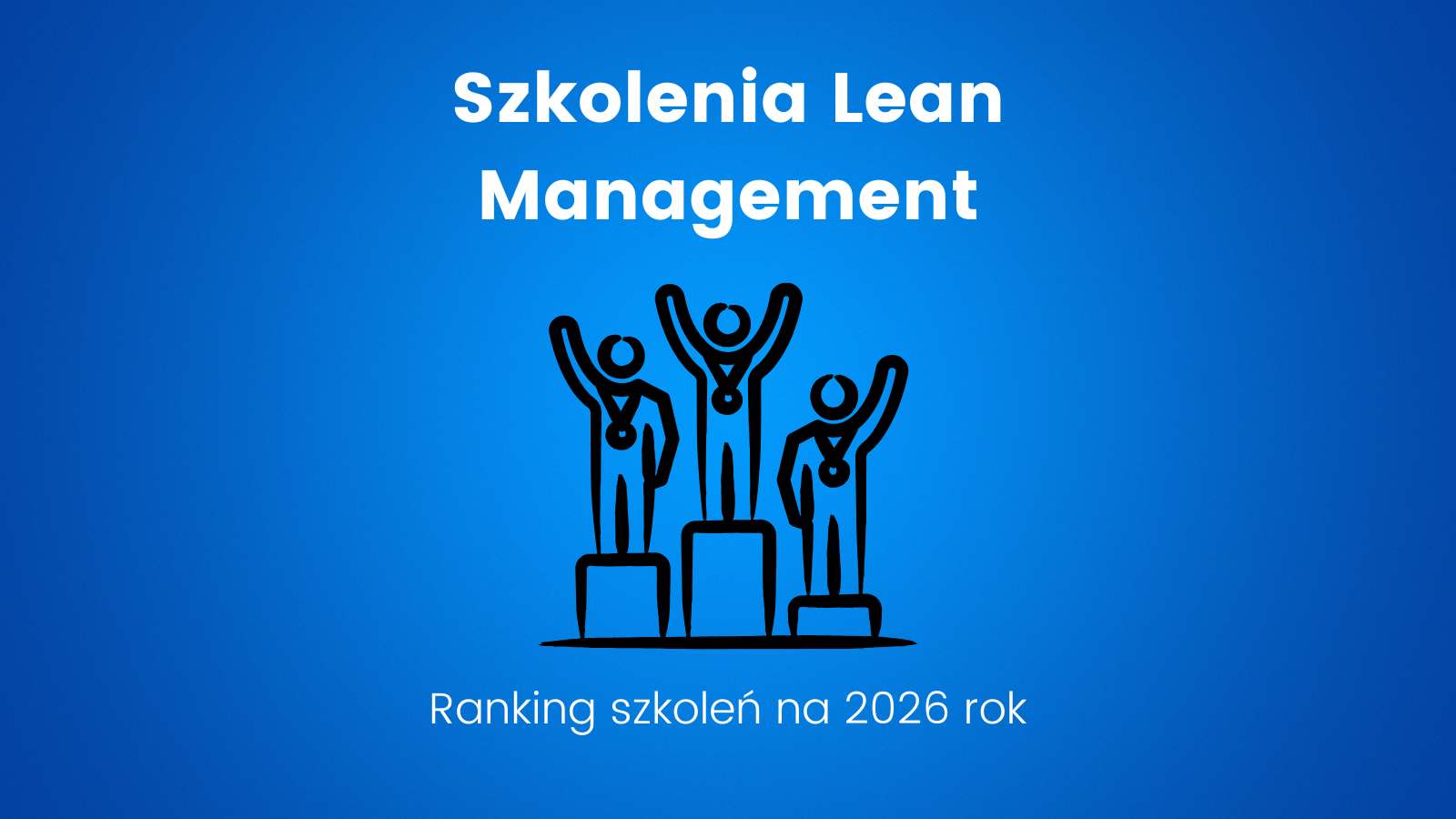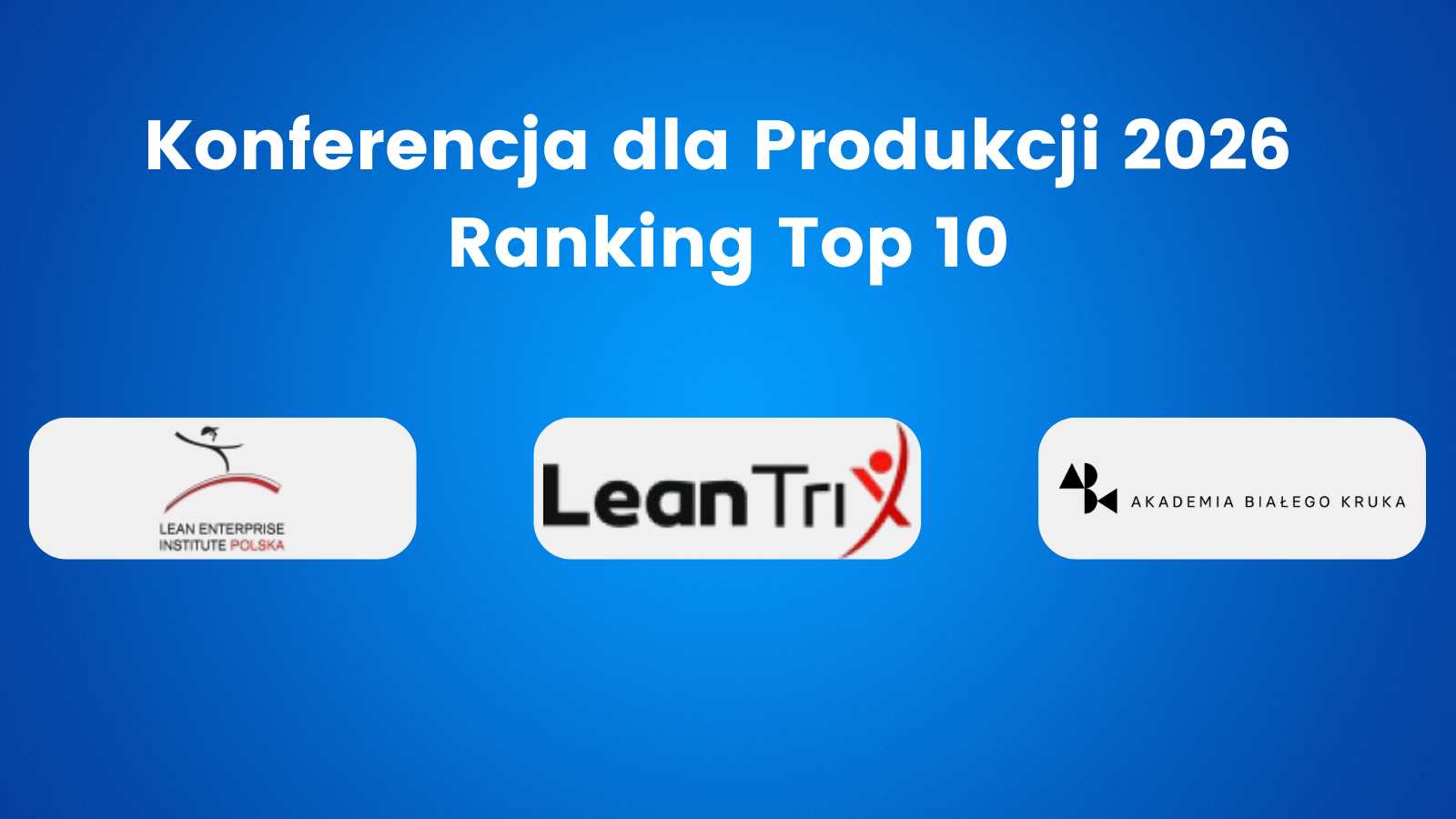Bitcoin halving – understanding the 2024. The 2024 halving event – a decrease in Bitcoin creation. This signifies a reduction in the quantity of new Bitcoin being generated every second. Consider the outcome when the production dips while the demand escalates.
Table of Contents
ToggleBitcoin Halving – Maximum Cap and Production Rate
Bitcoin’s Maximum Cap Set by Satoshi: The total Bitcoin supply is capped at 21 million, but this is just the upper limit. How about the current production rate? New Bitcoins are continuously produced by miners who invest energy to maintain the network and are compensated for their efforts. Anticipated Bitcoin Halving in April 2024: The Bitcoin protocol is designed to slash the miners’ rewards approximately every four years. Presently, each successfully mined Bitcoin block rewards the miner with 6.25 Bitcoin. Starting in April 2024, this reward will be halved to 3.125 Bitcoins per block. Thus, every roughly 10 minutes (with each new block mined), only 3.125 new Bitcoins will be created.
Market Impact of Bitcoin ETF and Halving
Importance of This Development: Bitcoin ETF, as mentioned in my earlier post, has introduced Bitcoin into regulated markets, allowing for Bitcoin ETF shares to be bought on NASDAQ. With 19.5 million Bitcoins already mined and in circulation, only about 450 new Bitcoins will be issued daily. An increase in demand coupled with a diminishing supply typically leads to a higher price, a fundamental economic principle. Impact of Halving on Bitcoin’s Price: Every halving event has historically influenced Bitcoin’s value. The previous halving in 2020 (from 12.5 BTC to 6.25 BTC) was followed by Bitcoin reaching its peak price in 2021 ($69k).
Mining Challenges and Costs in the Bitcoin Network
The Cost of Mining Bitcoin: Mining Bitcoin requires energy, which is a significant expense. “Difficulty” is a term that defines how challenging it is to mine new Bitcoins. It indicates the number of attempts needed to solve the Bitcoin puzzle and earn the reward. At the time of the last Bitcoin all-time high price, the difficulty was around 240 EH (in November 2021, with a price of $69k). Currently, it has increased to more than 500 EH. This means it now takes double the effort with a much lower Bitcoin value, requiring more energy and higher costs. After April 2024, the reward for mining will be halved again. This is crucial to consider as it affects the price, especially when the cost of mining becomes too high to be profitable.
2024 Outlook: ETFs, Investor Behavior, and Supply Dynamics
The Scenario in 2024: The presence of ETFs is likely to push the demand upwards, while the halving event will slash the new Bitcoin production by half. It’s important to note the presence of knowledgeable, long-term Bitcoin investors who are currently not inclined to sell. A notable movement was observed on December 14, 2023, when approximately 1 billion dollars’ worth of Bitcoins were withdrawn from crypto exchanges, suggesting a decrease in readily available supply for prospective buyers.
Understanding Halving Beyond Technology
Halving – More Than Just a Technical Update: This mechanism has been a part of Bitcoin’s design for years. The rule is straightforward: reduce the current production rate by half. This post aims to elucidate simple factors that could sway Bitcoin’s price in the coming months and possibly years. Although a technical event, halving fundamentally impacts Bitcoin’s price from an economic perspective. Remember, this is not investment advice.
Conclusion and Teaser for Upcoming Posts
Bitcoin halving – understanding the 2024. Additional Resources and Future Posts: Links to resources are provided in the comments. In my next post, I will delve into an extremely fascinating Bitcoin-related project that has recently emerged. For those interested in blockchain, consider following me for more updates.
I design and build enterprise IT solutions based on blockchain technology.
I am blockchain architect in Trans.eu building ECMR (digital CMR Consignment Note) based on blockchain. I teachabout Bitcoin, blockchain and decentralization via Linkedin and blog: https://mobycrypt.com.







